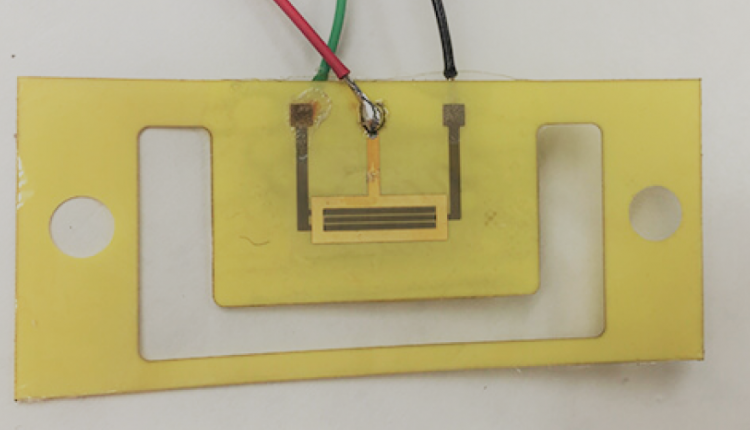
High School Student Develops Graphene Brain-Computer Interface that Could Read Your Thoughts
By Ruth Seeley
Brane Interface (BI), an Austin-based company led by 16-year-old high school sophomore Alex Pinkerton is a finalist for this year’s SXSW Interactive Innovation Awards in the Student Innovation category.
Using a single atomic layer of graphene that acts as a magnetic field sensor, Pinkerton thinks it’s possible to link the human brain to smartphones or computer by picking up the faint magnetic fields of human thought and would make a non-invasive, commercially viable brain-computer interface possible.
BI hopes the device will be small enough to implant in earbuds or wear under a hat. Among the many potential uses for its brain interface, the company sees its potential for not only participation in fully immersive entertainment systems but also allowing those who have been paralyzed to operate robotic limbs using only their thoughts.
Pinkerton and his entrepreneur father, who had worked with a small team of researchers years ago to find a commercial application for graphene, started working with the material during his freshman year in high school. After reading Kelly and Zach Weinersmith’s Soonish, Alex came up with the idea for the brain-computer interface.
With two proof-of-concept thin polymer membrane prototypes already built, BI is working on a third that uses an array of graphene membranes. They plan to have the prototype finished this year and launch their beta product program within two years.

The initial prototype was built using MathCard software. The second, much smaller proof-of-concept prototype of the magnetic field sensor used photolithography. The third will use graphene.
As the strongest and thinnest material known, with the highest current density limit at room temperature, graphene’s sensitivity makes it far superior to existing room temperature sensors. That means BI’s technology might make it possible to read the faint magnetic fields produced by human thought.
Pinkerton is also working on an efficient power switch he hopes will replace semiconductor switches in electric cars.
Source: Brane Interface, LLC
